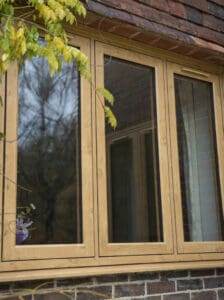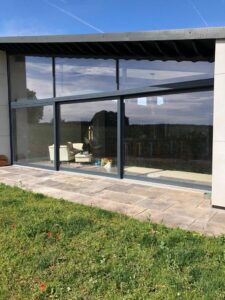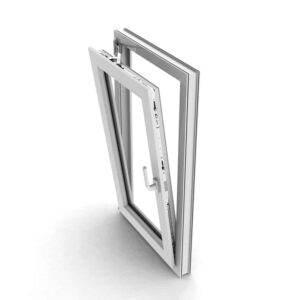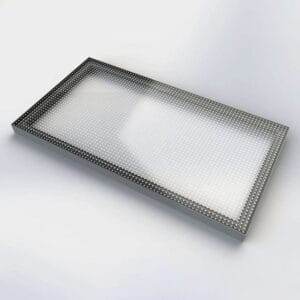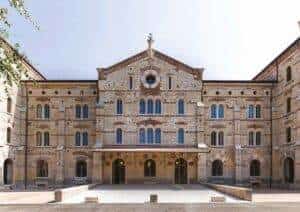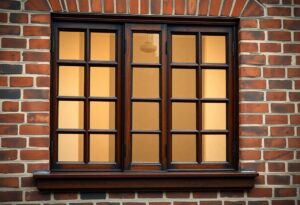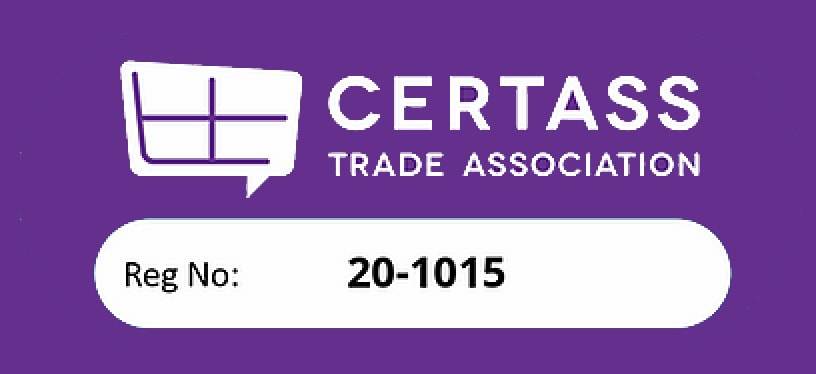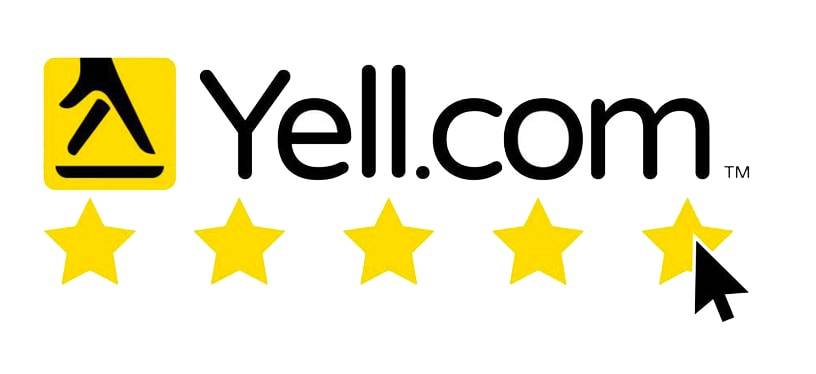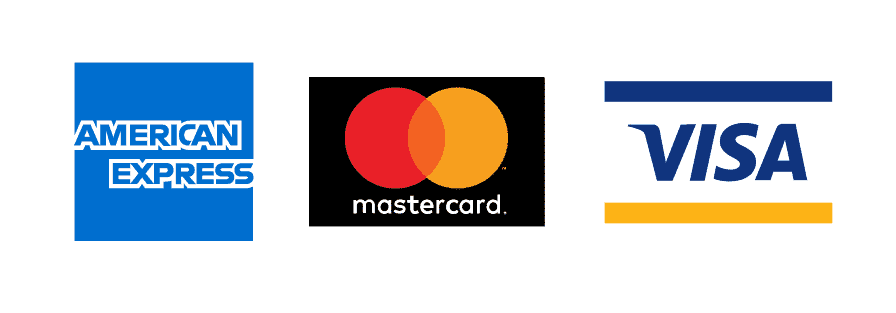Obtaining LEED certification for your home is a commendable goal that signifies a commitment to sustainable, energy-efficient living. When it comes to meeting the requirements for LEED certification, the role of windows should not be underestimated. Windows play a crucial role in achieving LEED certification as they can significantly impact a building’s energy performance, indoor environmental quality, and overall sustainability. According to the U.S. Green Building Council, windows are a key factor in improving energy efficiency and reducing the carbon footprint of a home. It is important to carefully consider the type of windows, their placement, and their energy performance ratings in order to ensure they contribute positively to your overall LEED score.
Key Takeaways:
- Windows play a crucial role in achieving LEED certification for your home.
- Investing in energy-efficient windows can help reduce energy consumption and lower utility bills.
- Choosing low-emissivity (Low-E) glass can improve insulation and reduce heat loss, contributing to LEED certification.
- Properly installed and sealed windows can prevent air leakage and improve indoor air quality, a key factor for LEED certification.
- When it comes to achieving LEED certification, quality and energy performance of windows should be a top consideration.
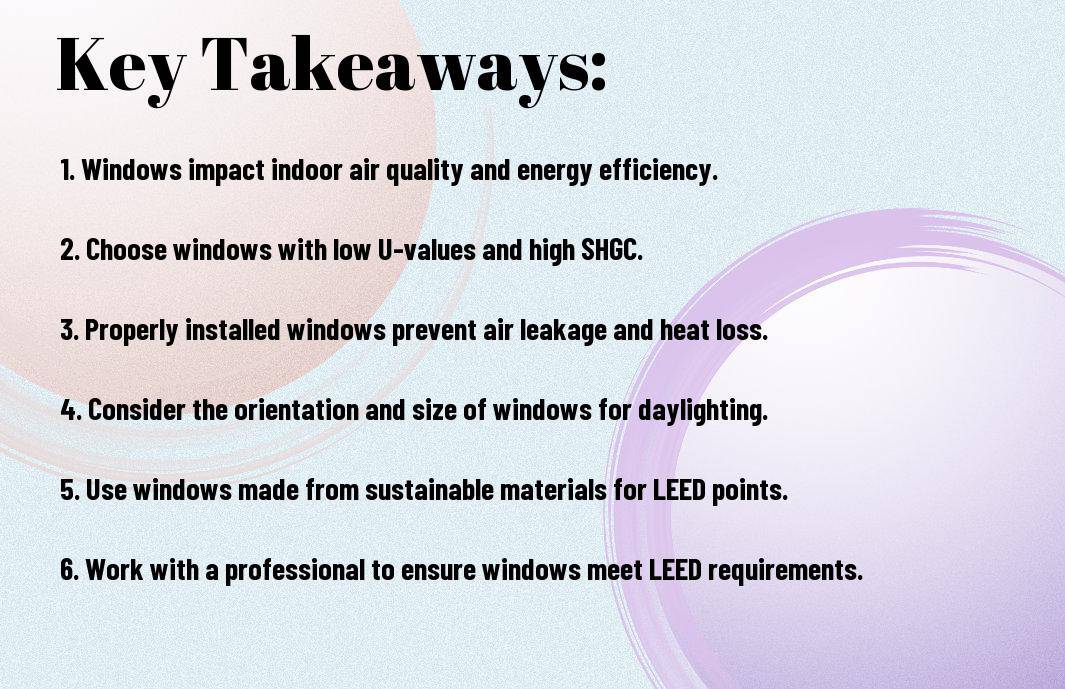
Understanding Windows in LEED
Windows play a significant role in achieving LEED (Leadership in Energy and Environmental Design) certification for your home. Understanding the specific requirements and benefits of windows in the LEED certification process is crucial for sustainable and energy-efficient design.
Energy Efficiency and Performance
When it comes to LEED certification, the energy efficiency and performance of windows are paramount. Energy-efficient windows can significantly reduce the reliance on artificial heating and cooling systems, resulting in lower energy consumption and reduced carbon emissions. The performance of windows in terms of air leakage, solar heat gain, and visible transmittance is also assessed to ensure that they contribute to optimal thermal comfort and indoor air quality.
Materials and Resources
Another crucial aspect in the LEED certification process is the use of sustainable materials and resources in window construction. Choosing windows made from recycled or sustainable materials and sourced from environmentally responsible manufacturers can contribute to reducing the environmental impact of your home. Additionally, the use of locally sourced materials for window production can further enhance the overall sustainability of your home.
It is essential to consider the life cycle of window materials, including their environmental impact, durability, and potential for recycling or repurposing at the end of their lifespan. By selecting windows with a high level of sustainability, you can not only meet the requirements for LEED certification but also contribute to a more ecologically responsible and energy-efficient built environment.
Selecting the Right Windows for LEED
When it comes to achieving LEED certification for your home, the type of windows you choose can make a significant impact. Selecting the right windows not only affects the overall energy efficiency of your home, but it also plays a crucial role in earning LEED points towards your certification.
Types of Windows and Their Impact on LEED Points
When choosing windows for your home, it’s important to consider the different types available and how they can contribute to your LEED goals. Windows made from energy-efficient materials such as double or triple glazing, and those with low-emissivity coatings can significantly impact your home’s thermal performance and help you earn valuable LEED points.
Perceiving the long-term benefits of investing in sustainable window options, such as those made from renewable materials and recyclable components, is crucial for LEED certification. The table below breaks down the various window types and their corresponding LEED points:
| Window Type | LEED Points |
|---|---|
| Double Glazed | 2 points |
| Triple Glazed | 3 points |
| Low-Emissivity Coating | 1 point |
| Renewable Materials | 2 points |
| Recyclable Components | 1 point |
Innovations in Window Technology
In recent years, significant advancements have been made in window technology, offering homeowners a wider range of options to meet LEED requirements. From smart glass that adjusts to external conditions to innovative framing materials that enhance insulation, these innovations are playing a pivotal role in maximising energy efficiency and LEED points for homes.
With solar-reflective coatings and self-tinting windows becoming increasingly popular, homeowners can now take advantage of cutting-edge technology to boost their homes’ thermal comfort and LEED certification.
For further insight into the latest innovations and their impact on LEED certification, it is imperative to stay updated with the evolving landscape of window technology. Equipping oneself with knowledge of sustainable materials and energy-efficient designs can lead to making informed decisions that align with the LEED standards.
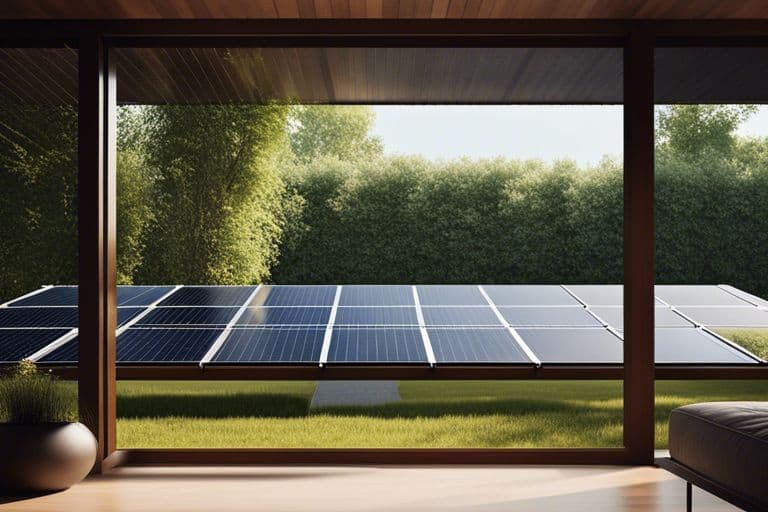
Case Studies
When considering the role of windows in achieving LEED certification for your home, it can be incredibly informative to explore real-life case studies. These examples provide valuable insight into the successful implementation of sustainable windows and their impact on overall certification.
- Case Study 1: The Green House Project in London, UK, achieved LEED Platinum certification through the installation of energy-efficient windows, resulting in a 30% reduction in energy consumption.
- Case Study 2: The Eco-Friendly Home in Manchester, UK, incorporated triple-glazed windows, contributing to a 40% decrease in heating and cooling costs, ultimately leading to LEED Gold certification.
- Case Study 3: The Sustainable Residence in Edinburgh, UK, utilised low-emissivity windows to enhance natural light and improve thermal efficiency, resulting in a 25% reduction in overall energy usage and LEED Silver certification.
Residential Projects with LEED-Certified Windows
Residential projects with LEED-certified windows have demonstrated the significant impact of sustainable window solutions on overall certification. By implementing energy-efficient windows, homeowners have experienced remarkable reductions in energy consumption and costs, leading to favourable LEED certifications.
Lessons Learned from LEED-Certified Homes
Through the examination of LEED-certified homes, valuable lessons have emerged regarding the importance of sustainable windows in achieving certification. These lessons include the positive impact of energy-efficient windows on energy consumption and the significant role they play in attaining LEED certification.
For more in-depth information about the lessons learned from LEED-certified homes and the role of windows in sustainability, consult our comprehensive guide on sustainable building practices and LEED certification.
Implementation Strategies
Implementing the right strategies is crucial for achieving LEED certification for your home. Windows play a significant role in this process as they contribute to energy efficiency and indoor environmental quality. It’s essential to consider the influence of smart windows on building certifications, and how they can positively impact your overall LEED score. To learn more about the influence of smart windows on building certifications, you can read the article The Influence of Smart Windows on Building Certifications.
Integrating Windows into LEED Design Plans
When designing your home for LEED certification, it’s crucial to integrate windows into your plans from the outset. Careful thought must be given to the location, size, and type of windows to ensure energy efficiency and natural light access. Incorporating smart windows can significantly improve your home’s performance and positively impact your LEED score. It is essential to consider these factors during the design phase.
Working with Contractors and Suppliers for LEED Compliance
Collaborating with contractors and suppliers who understand the requirements for LEED compliance is crucial. It’s important to work with professionals who have experience in green building practices and can provide the necessary materials and expertise to meet LEED standards. Choosing high-quality, energy-efficient windows is essential to achieving LEED certification for your home.
When working with contractors and suppliers, ensure that they are certified and familiar with sustainable building practices. Their knowledge and expertise will play a significant role in ensuring that your home meets the required standards for LEED certification. It’s crucial to communicate your expectations and requirements clearly to ensure a successful partnership.
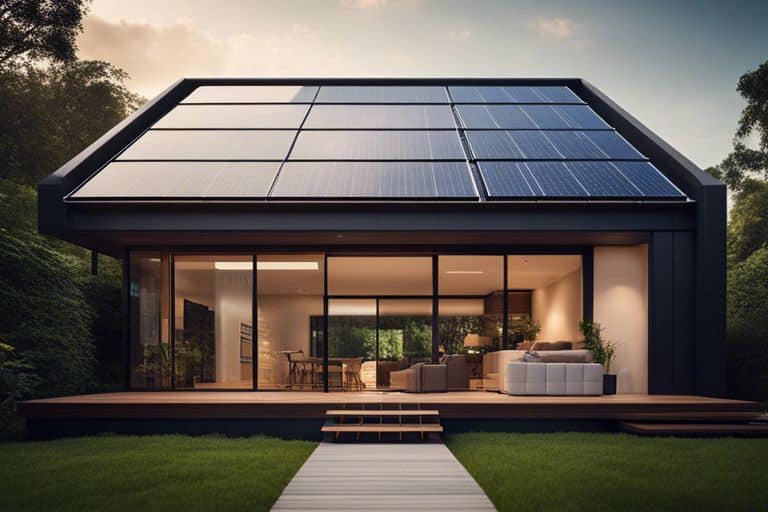
Conclusion: The Role of Windows in Achieving LEED Certification for Your Home
Windows play a crucial role in achieving LEED certification for your home. By choosing energy-efficient windows that maximize natural light, provide insulation, and reduce heat gain, you can significantly contribute to sustainable building practices. The right windows can enhance the overall energy performance of your home, which is a key factor in LEED certification. Additionally, sustainable window materials and designs can reduce environmental impact and improve indoor air quality. To learn more about the environmental impact of windows and sustainability, visit Windows and Sustainability: An Environmental Perspective.
FAQ
Q: What role do windows play in achieving LEED certification for my home?
A: Windows play a crucial role in achieving LEED certification for your home as they are a key factor in energy efficiency and occupant comfort.
Q: How do energy-efficient windows contribute to LEED certification?
A: Energy-efficient windows reduce the need for artificial lighting and heating, lowering energy consumption and contributing to LEED certification points.
Q: What are some features of energy-efficient windows that support LEED certification?
A: Features such as low-E coatings, insulated frames, and multiple glazing layers all contribute to energy efficiency and support LEED certification for your home.
Q: Can the type of window material impact LEED certification?
A: Yes, the use of sustainable and recycled materials in windows, such as FSC-certified wood or recycled aluminium, can contribute to LEED certification points.
Q: How can proper window installation contribute to LEED certification?
A: Proper installation ensures air-tightness and thermal performance, which are essential for energy efficiency and LEED certification for your home.

